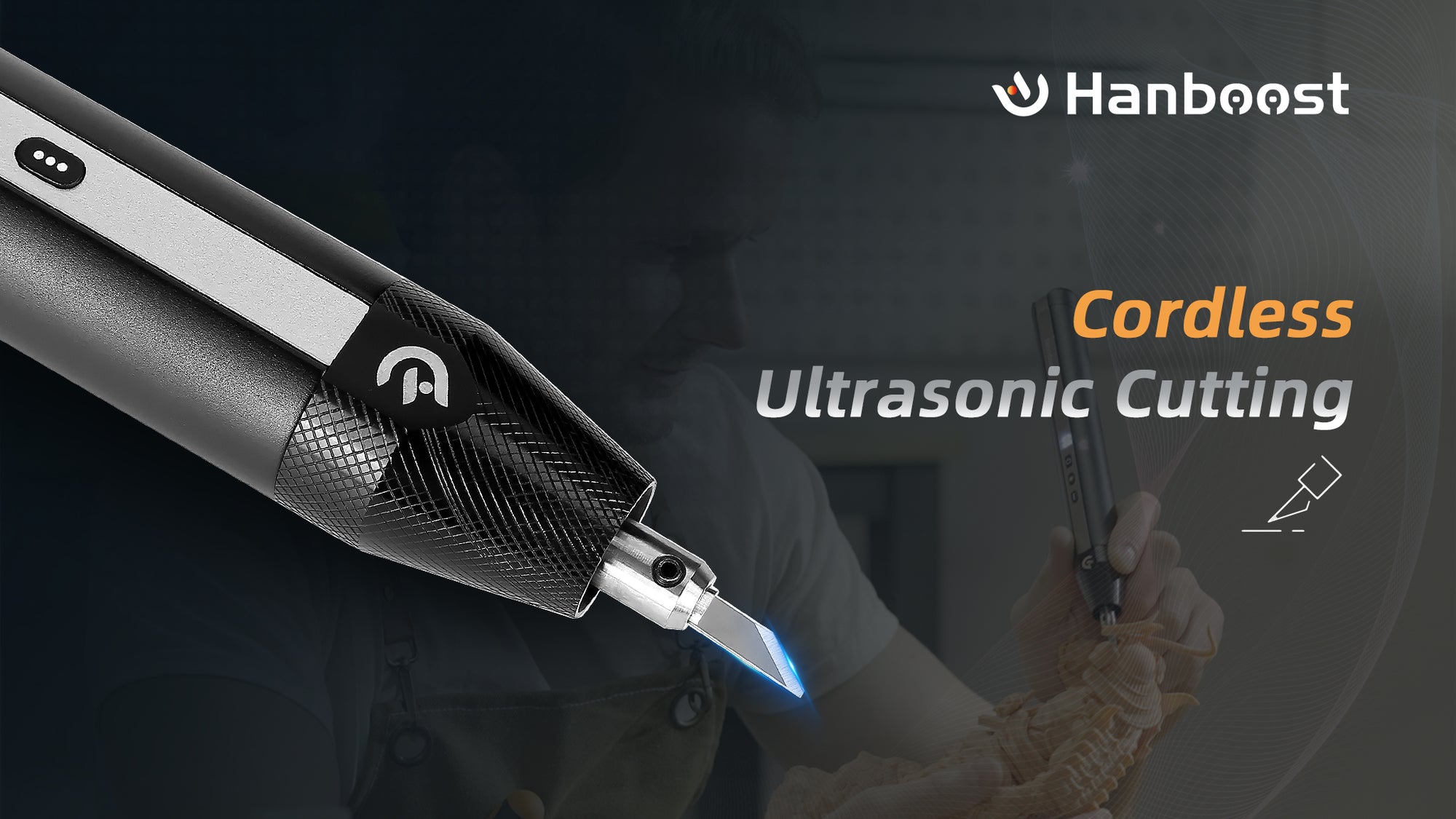Whether you're into DIY, 3D printing, crafting, or model making, you may have come across the term ultrasonic cutter. But what exactly is it? How does it work, and why are more creators and professionals adopting this technology?
In this beginner-friendly guide, we’ll break down everything you need to know about ultrasonic cutting—without the technical jargon.
📘 What Is Ultrasonic Cutting?
At its core, ultrasonic cutting is a process that uses high-frequency vibration to slice through materials with precision and minimal resistance. Unlike traditional blades that rely solely on force, an ultrasonic cutter vibrates tens of thousands of times per second—typically around 20,000 to 40,000 Hz.
These microscopic vibrations help reduce friction and create cleaner cuts, especially on tough or delicate materials.
⚙️ How Does It Work?
An ultrasonic cutter consists of a few key components:
-
Transducer – Converts electrical energy into high-frequency mechanical vibrations.
-
Booster/Amplifier – Increases the amplitude of those vibrations.
-
Blade (or Horn) – Transfers the vibration to the cutting edge.
-
Control Circuit – Regulates frequency and power for consistent performance.
When the cutter is activated, the blade vibrates at ultrasonic frequency. This rapid movement produces a nearly frictionless cut, making it ideal for precision work.
🧠 What Are the Benefits?
-
✅ Minimal Force Required – Let the vibrations do the work. No need to push hard.
-
✅ Smooth, Precise Edges – Great for avoiding material distortion, especially on plastics.
-
✅ Cleaner Workspace – Generates less heat and debris compared to grinding or melting.
-
✅ Less Material Damage – Excellent for delicate materials like foam, fabric, or thin plastics.
-
✅ Versatile – One tool can cut, trim, and even lightly polish (with attachments).
🧪 Common Applications of Ultrasonic Cutters
Ultrasonic cutting tools are used in a wide range of industries and hobby communities:
✂️ 1. 3D Printing Post-Processing
Trim support structures, smooth rough edges, and make precise adjustments without damaging your prints.
🧰 2. Model Making & Prototyping
Ideal for cutting resin, plastic, or foam board components cleanly and accurately.
👗 3. Textile & Fabric Cutting
Used in fashion, upholstery, and crafting—especially on synthetic fabrics that fray easily with scissors.
🛠️ 4. DIY & Creative Projects
From cosplay armor to intricate cardboard art, ultrasonic tools allow for detailed work with minimal effort.
🏥 5. Medical & Industrial Fields
In professional settings, ultrasonic blades are also used to cut rubber, composites, and even tissue in surgical tools (though that's outside the scope of hobby-level use).
🤔 Is Ultrasonic Cutting Safe?
Generally, yes—when used responsibly. Most hobby-grade ultrasonic cutters include safety features such as:
-
Blade covers
-
Startup delay or lock features
-
Auto shut-off
-
Protective silicone grips
Still, it's essential to follow safety guidelines: wear gloves, avoid touching the blade after use (it gets hot!), and store it properly.
🎯 Final Thoughts
Ultrasonic cutting is a technology for anyone working with precision materials. Whether you’re an artist, engineer, or maker, this tool can unlock cleaner results, save time, and open new creative possibilities.
If you’re curious about trying ultrasonic cutting, there are many options on the market today. Do your research, compare specs, and choose one that fits your workflow and project needs.


